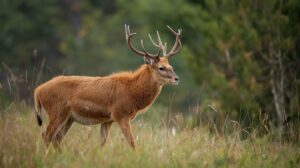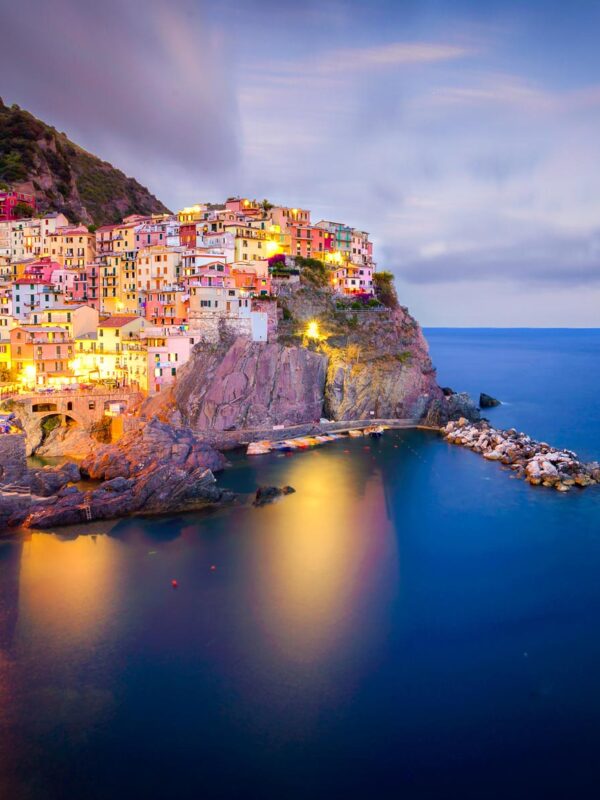In the world of travel, there exists a profound allure in capturing the raw beauty of nature through the lens. Wildlife photography is not just about snapping a picture; it’s about telling a story, evoking emotion, and preserving moments that might otherwise be lost to time. As you embark on this journey, let us explore how you can master the art of wildlife photography, capturing the essence of the animal kingdom in its most candid forms.
The first step in wildlife photography is understanding your environment. Each ecosystem, from dense rainforests to sprawling savannahs, holds its own unique challenges and opportunities. To capture the essence of a place, immerse yourself in its rhythm and pace. Spend time observing the natural behavior of its inhabitants, and let the landscape guide your photographic journey.
Embrace the Patience of Nature
Wildlife does not adhere to human schedules. It requires patience and a willingness to wait for the perfect moment. Unlike staged photography, wildlife photography thrives on the unexpected. The tranquility of waiting can be meditative, allowing you to connect deeply with your surroundings. Let the silence speak, and remain open to the serendipity of nature revealing itself.
Equipment Essentials for Wildlife Photography
Selecting the right equipment is crucial. While a high-quality camera and telephoto lens are often recommended, remember that the best camera is the one you have with you. Consider lightweight options if you’re trekking through challenging terrain. A tripod can stabilize your shots, particularly in low-light conditions, while a weatherproof camera bag ensures your gear stays protected.
Mastering the Technical Aspects
Learn to navigate your camera settings with ease. Familiarize yourself with shutter speed, aperture, and ISO settings, as these will be vital in capturing crisp images of fast-moving animals. A fast shutter speed helps freeze action, while a wide aperture can create a stunning depth of field, bringing focus to your subject. Don’t shy away from using manual mode to gain full control over your shots.

Capturing Authentic Animal Behavior
Photographing wildlife is about more than capturing an image; it’s about capturing life in its purest form. Aim to photograph animals engaging in natural behaviors—feeding, playing, or interacting with their environment. These candid moments create powerful narratives that resonate with viewers, offering a glimpse into the intimate world of your subjects.
Ethical Considerations in Wildlife Photography
Respect for wildlife is paramount. Never disturb or endanger animals for the sake of a photograph. Maintain a safe distance, and use your lens to get closer instead. Ethical photography respects the natural order and minimizes impact on the environment, ensuring that the beauty you capture today remains for future generations to enjoy.
The Art of Composition
Composition is key in creating visually compelling wildlife photographs. Apply the rule of thirds to balance your image, drawing the viewer’s eye to the subject. Consider the background and how it complements the animal. The interplay of light and shadow can add depth and mood, enhancing the storytelling aspect of your photograph.
The Power of Perspective
Changing your perspective can transform a photograph. Crouch low to capture an eye-level shot or find a vantage point that offers a bird’s-eye view. Each angle offers a different narrative, inviting the viewer to see the world from the animal’s perspective. Experiment with different compositions to discover what best conveys the emotion you wish to portray.
Post-Processing and Sharing Your Work
Editing is an integral part of the photographic process. Use post-processing tools to enhance your images while maintaining their authenticity. Adjust exposure, contrast, and color balance to reflect the true beauty of the scene. Remember, the goal is to enhance, not alter, the natural essence of your photograph.
Crafting Your Narrative
Every photograph tells a story. When sharing your work, pair your images with thoughtful captions that provide context and insight. Whether through social media or personal blogs, your narrative can inspire others to appreciate and protect the natural world. As you share, you contribute to a broader conversation about conservation and the importance of preserving our planet’s biodiversity.
Embarking on Your Wildlife Photography Journey
Wildlife photography is a journey of discovery and connection. It invites you to look beyond the surface, to capture the soul of the natural world. As you hone your skills, remember that the true beauty of wildlife photography lies not just in the images you create, but in the experiences and memories you gain along the way.
Armed with patience, respect, and an eye for detail, you are ready to embark on your own wildlife photography adventure. Capture the moments that move you, and let your lens reveal the hidden gems of our world.


